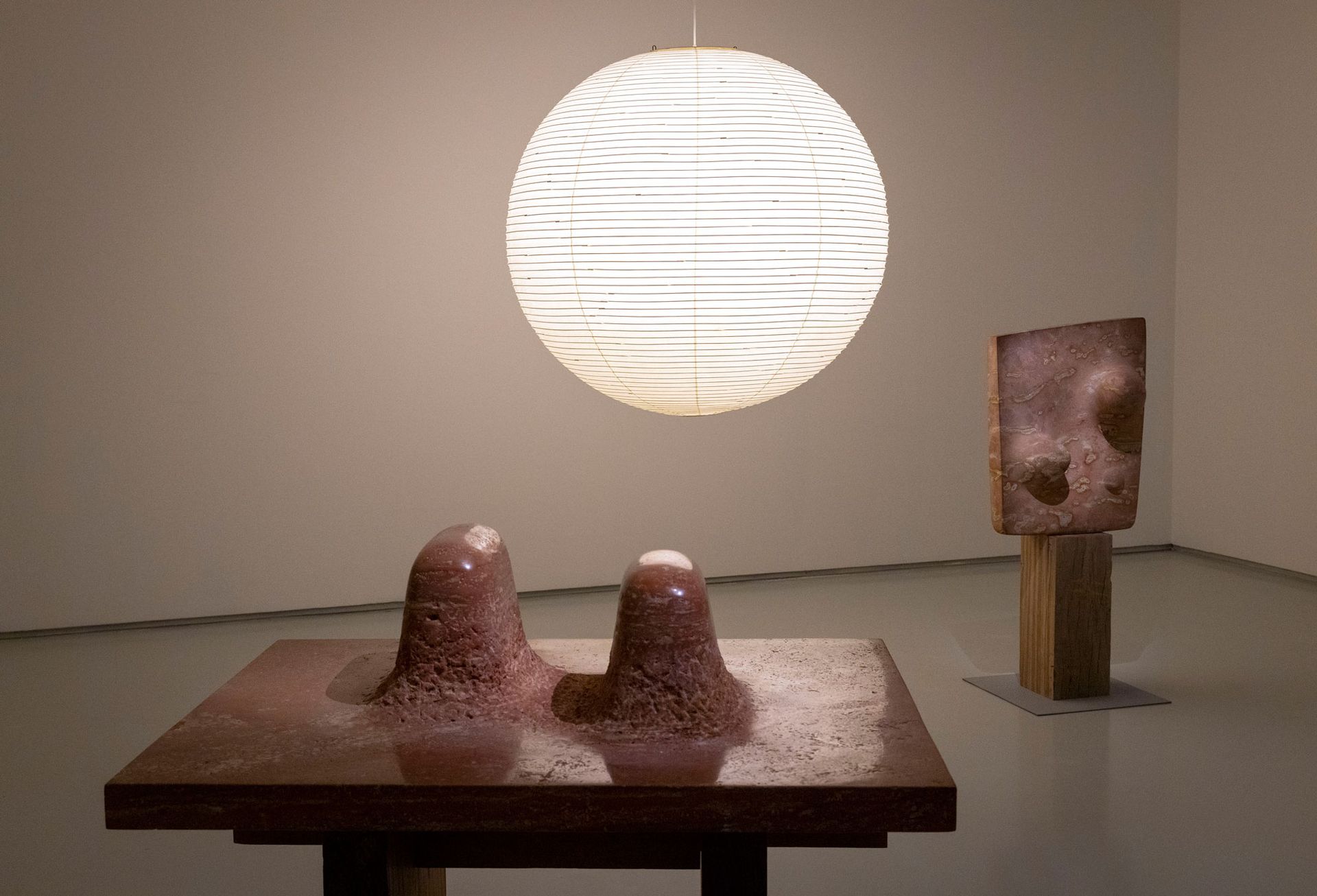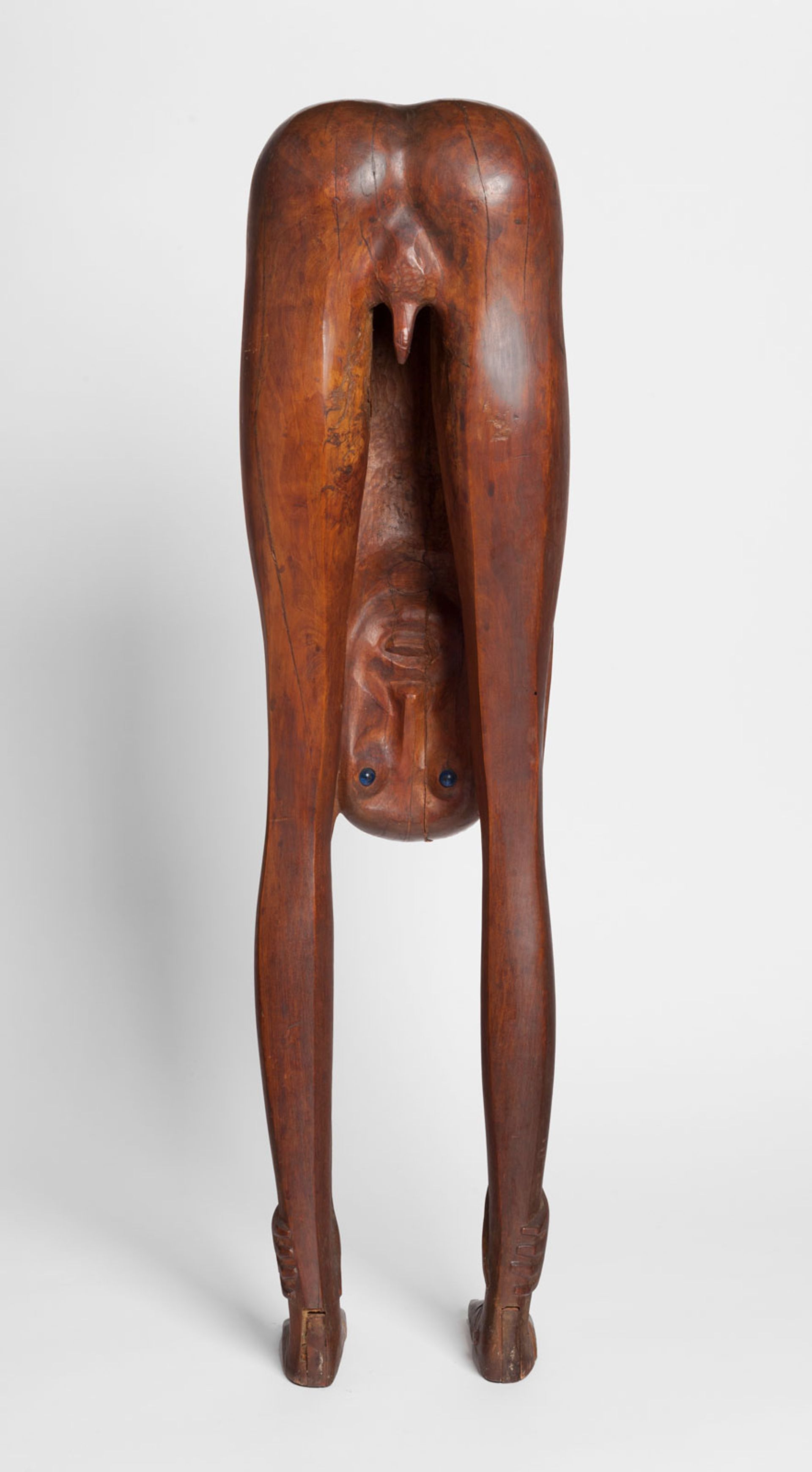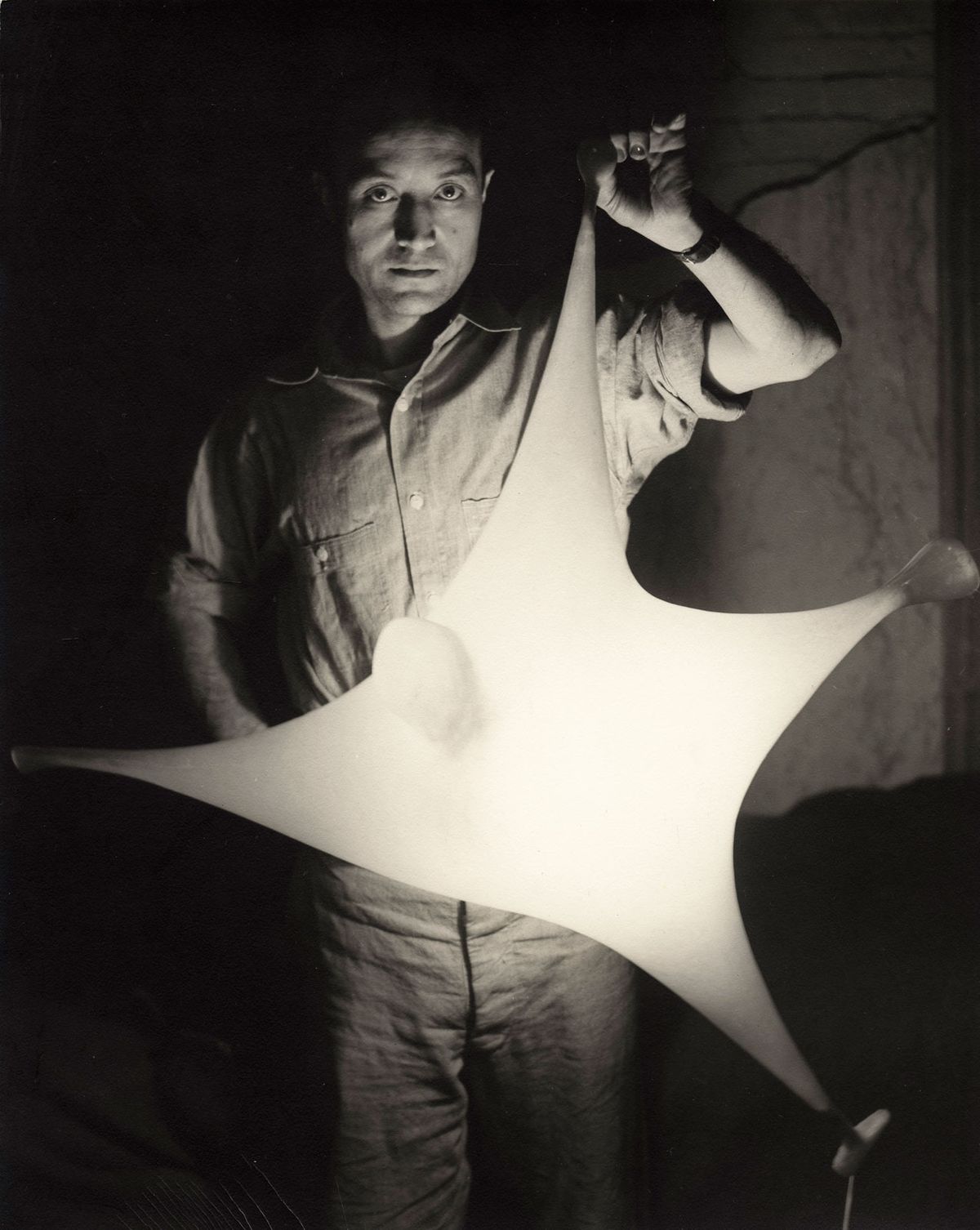The Japanese-American artist Isamu Noguchi (1904-88) had piercing blue eyes. At times these confounded people he met; when he was in Japan, he was asked if he really was Japanese. “That was always something that defined him and defined his search for belonging,” says Florence Ostende, the curator of a major survey of the artist at the Barbican Art Gallery.
Noguchi was born in Los Angeles to an American mother and Japanese father. He spent much of his childhood in Japan before being sent to the US in his mid-teens to “become completely American”—something he never quite achieved. Instead, he roamed, establishing studios in the US, France, Italy and Japan, and travelling extensively, from Havana to Honolulu, Hiroshima to Hong Kong. The idea of Noguchi as a “global citizen” is key to understanding the artist, Ostende says.
“His identity was this hybrid multiplicity that he was trying to develop”Florence Ostende, the curator of a major survey of the artist at the Barbican Art Gallery
The Barbican exhibition takes visitors on a journey through Noguchi’s life using his rich and varied body of work—sculpture, furniture, theatre sets, maquettes for monuments, children’s playgrounds, commercial objects—and influential working relationships with people like the sculptor Constantin Brancusi, the choreographer Martha Graham and the architect and theorist R. Buckminster Fuller. The latter encouraged Noguchi to travel, realising that the artist’s “identity was this hybrid multiplicity that he was trying to develop”, Ostende says.

While Noguchi made his name with his Akari lights, less well-known are his sculptures made in a variety of different media and styles © Tim Whitby / Getty Images
Noguchi is little-known as an artist by the wider public. “Most people think of Noguchi as the designer of the [eponymous] coffee table or the Akari light sculptures,” Ostende says. “Somehow, he’s always been lost in limbo between the Modernist canon of sculptors and the commercial designer.”
Ostende hopes the exhibition “will allow people to have a larger understanding of what the definition of art or true art can be”. Equal weight is given to Noguchi’s sculptures, like his sensuous brass pieces from the late 1920s—clearly influenced by Brancusi, for whom he worked—and commercial objects such as the baby monitor Radio Nurse (1937). His famed Akari lights hang throughout the show, some as subjects in themselves and others as illuminations for other works.
A pared-back exhibition design aims to counteract the wide range of media Noguchi used—including bronze, bamboo, brass, basalt, Bakelite and balsa wood, to name just a few. There are no labels, just a paper guide, and, bar an introductory paragraph and credits, all the wall texts are quotes from the artist.

One of the more subtly lit galleries at the Barbican Art Gallery, showing Noguchi's Double Red Mountain (1969) and Time Lock (1944-45) sculptures © Tim Whitby / Getty Images
Ostende worked closely with the exhibition designer Lucy Styles to use light to shape the viewing experience in the Barbican’s Brutalist interiors: adding or softening intensity, playing with shadows and creating different atmospheres in individual spaces. Cold light is used for a chrome-plated bust of Fuller, while a gallery showing lunar-inspired sculptures or one on the atomic bombing of Hiroshima are more subdued.
Noguchi confronted many of the horrors of the 20th century in his work. He participated in anti-lynching exhibitions and made a bronze sculpture called Death (Lynched Figure) (1934). During the Second World War, he voluntarily interned himself alongside Japanese-Americans from the West Coast who had been forcibly incarcerated in an Arizona camp, hoping, unsuccessfully, to establish an arts-and-crafts programme. In the early 1950s, Noguchi visited Hiroshima, making works including a haunting sculpture of a bandaged head with a single hollow eye, Okame (Atomic Head) (Hiroshima Mask) (1954).

Isamu Noguchi's Boy Looking Through Legs (Morning Exercises) (1933) Photo: Kevin Noble; The Noguchi Museum Archives; ©INFGM / ARS DACS
But Noguchi could also be playful. A highlight is the wooden self-portrait, Boy Looking through Legs (Morning Exercises) (1933), which has never been exhibited outside the US. Noguchi recreated his own eyes using blue beads and the figure is bent double like “a child [who wants] to look at the world upside down”, Ostende says. “For me, that totally captured Noguchi’s idea of trying to seek an alternative perspective.”
• Noguchi, Barbican Art Gallery, London, until 9 January 2022


